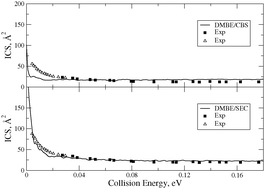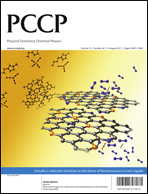We present exact quantum integral and differential cross sections for the title reaction from a time-dependent wavepacket method which takes account of all Coriolis couplings. We employ two new potential energy surfaces fitted using the double many-body expansion (DMBE) method. The difference between the two surfaces is that for the first the data was extrapolated to the complete basis set limit (CBS) and for the second the data was corrected semi-empirically (SEC). While the DMBE/CBS surface is, on first impressions, regarded as the most accurate, our results show that this surface gives consistent smaller cross section when compared to previous results employing an earlier surface, named Ho after its first author. We also find that the DMBE/CBS surface features an unphysical barrier for contracted H2 distances which explains the smaller results. The DMBE/SEC surface, which is based on the same data, does not show the same barrier and the results compare much better to previous theoretical results as well as those from experiment. While we find that overall the differential cross sections from the DMBE/SEC surface are forward scattered, which is in line with experiment, the cross sections do not rise steeply enough with decreasing energy showing that this surface is not sufficiently attractive at low energies. We find this is due to a shallow van der Waals well present for the Ho surface but not on the DMBE surfaces.

You have access to this article
 Please wait while we load your content...
Something went wrong. Try again?
Please wait while we load your content...
Something went wrong. Try again?


 Please wait while we load your content...
Please wait while we load your content...